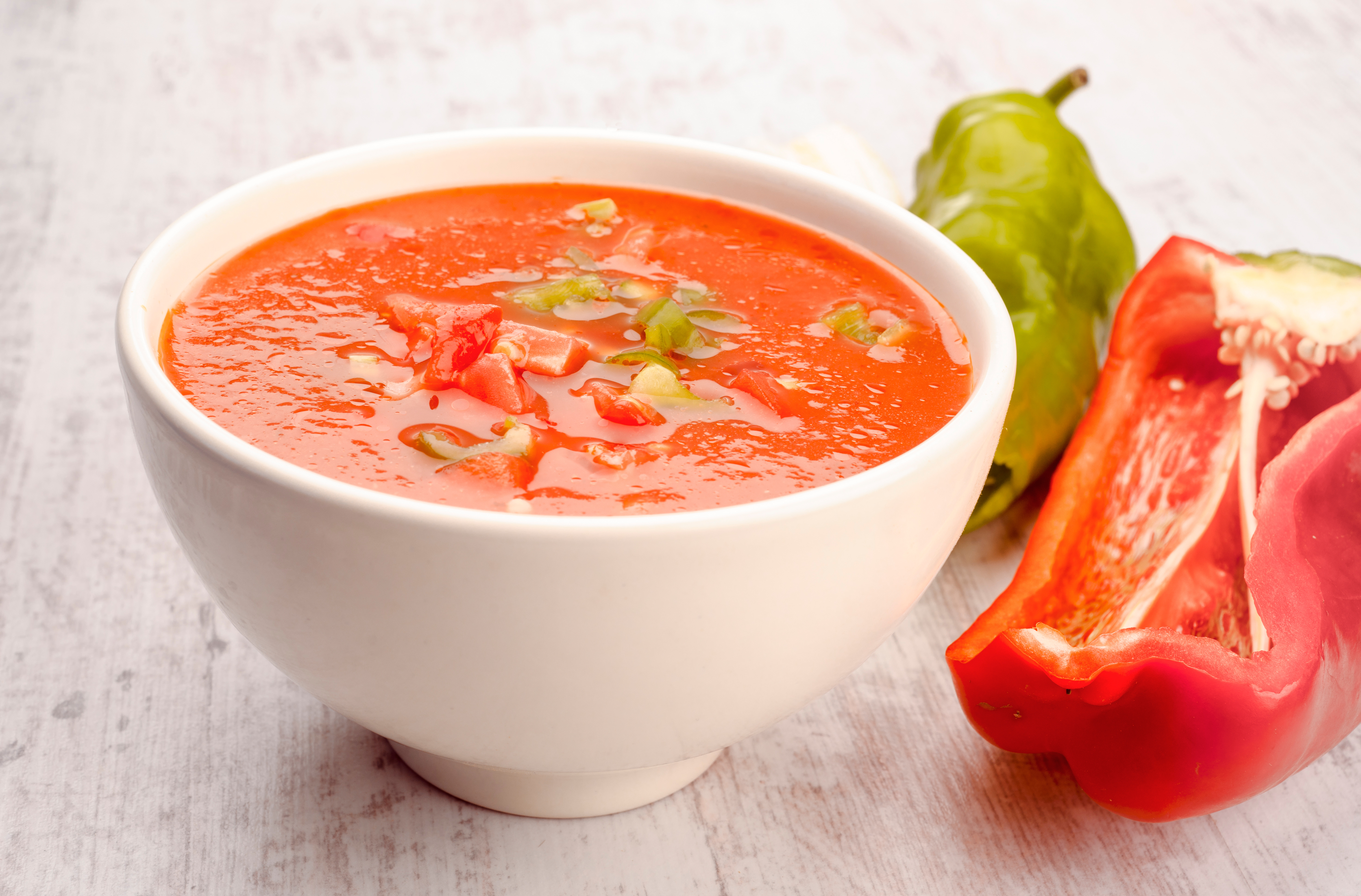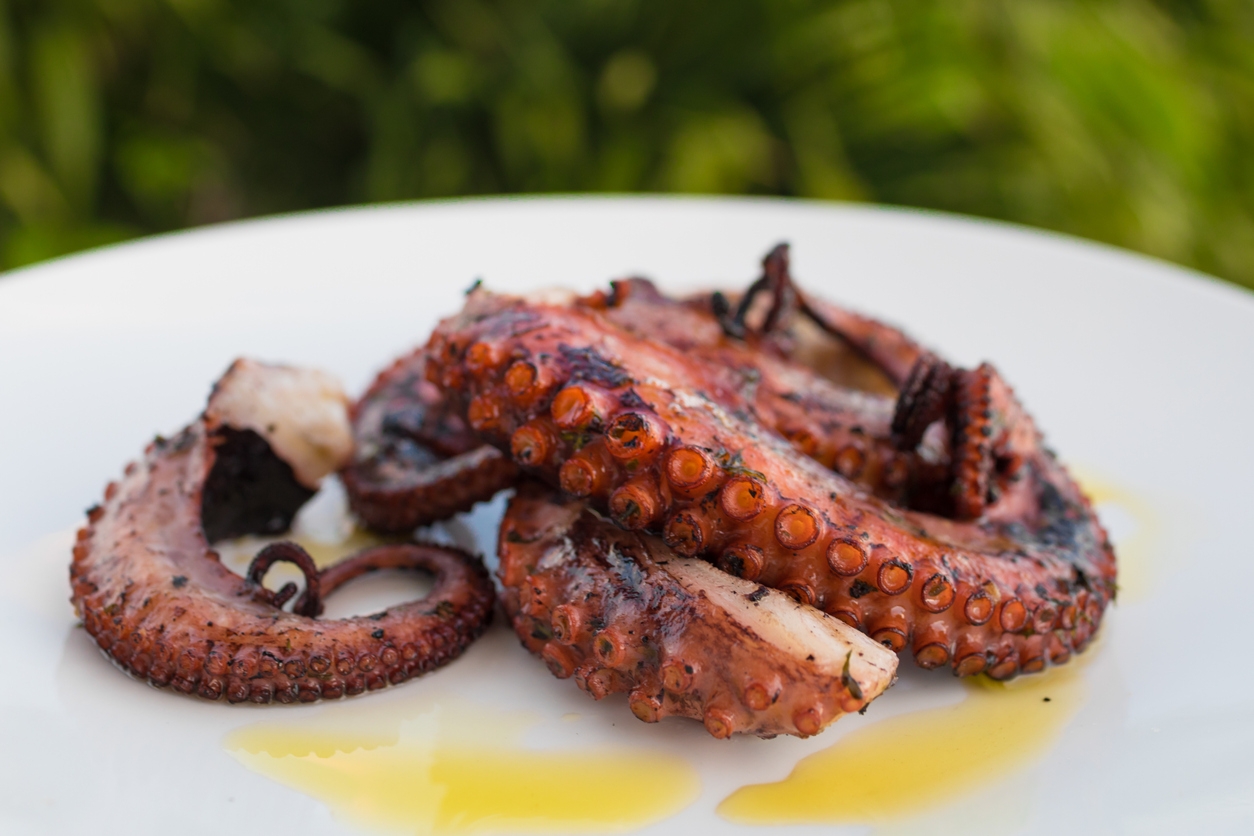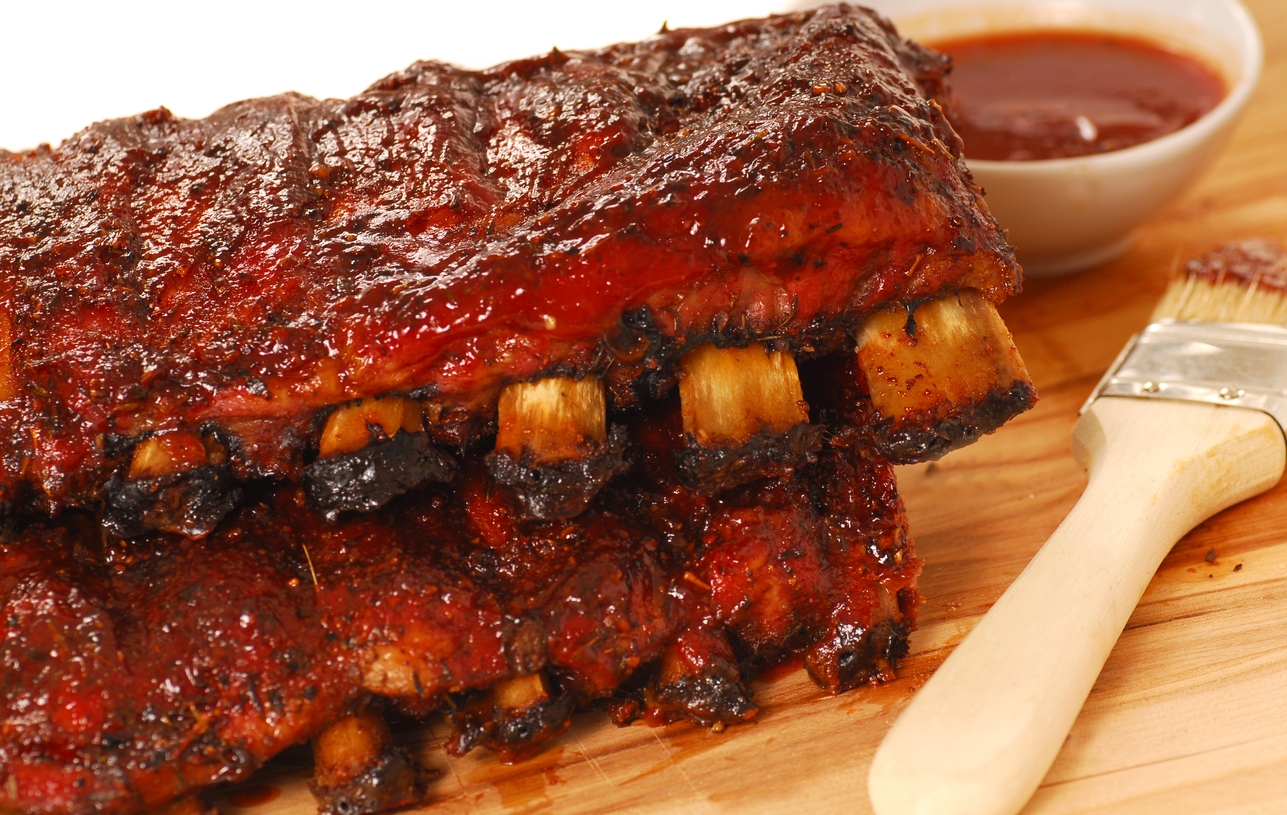About Herbs
Using herbs, either fresh or dried will elevate your food to new levels. Fresh herbs with very few exceptions are what you want for the best flavor. To swap fresh herbs for dried the rule of thumb is 1 tablespoon of fresh herbs equals 1 teaspoon of dried. Here is a profile of 13 of the major culinary herbs, along with useful tips and pairing suggestions.
Basil:
Native to India, basil’s hint of mint, cloves and anise delivers flavors of the summer. The varieties include purple”Opal”, as well as scented varieties, like lemon and lime. Use fresh whenever possible; dried just isn’t the same. Add toward the end of cooking to preserve color and taste. When dried, the minty flavor tends to dominate. Match ups: Tomatoes, fresh mozzarella, shrimp, chicken, summer vegetables, potatoes, onions, sauces for fish, mixed green salads, dressings and stews.
Chives:
Deliver a milder version of the flavors of onions or leeks. You can toss them with any salad. Don’t chop chives willy-nilly or they will looked mangled; instead, hold them in a bundle and them with a sharp knife or cut them with scissors. Add to hot foods at the end of cooking. Match ups: Stir chives into cottage cheese and dips. The fresh flavor also marries well with omelets, hard cooked eggs, cheese dishes, creamed onions, steamed vegetables, creamed soups, fish and shellfish, chicken and potato salads and green salads.
Dill:
A popular ingredient in Scandinavian and northern European cooking. Dill is prized for its delicate, fern like fronds, clean light taste and ability to flavor pickles. When using dill for cooking add it at the very end just before serving..Dried leaves don’t retain much taste. Match ups: Add dill to white sauces containing yogurt or cheese, and cold salads that feature cucumbers, potatoes or carrots. It also works well with fish and seafood, zucchini and cold soups.
Mint:
There are dozens of mints including that have the flavor similar to pineapple or apple. Match spearmint with savory dishes and peppermint with desserts.Add only at the end of cooking or leaves will turn brown. Dried mint retains it’s flavor and makes great tea. Match ups: Try apple or orange mint in fruit salads, yogurt or tea. Use in Middle Eastern salads, such as tabbouleh. Does well with lamb, especially with vinegar and sugar as a sauce. It also complements peas, marinades for summer vegetables, cold soups, and fruit salads.
Oregano:
This is a pungent herb with peppery, marigold-like flavors. It originates in Greece, Turkey and Mexico. The Greek is the spiciest. A wild variety of marjoram, oregano has a similar but stronger flavor than it’s cousin. While marjoram is best used fresh at the end of cooking, oregano doesn’t suffer when dried. Match ups:Saute with onions as the base for long-simmering tomato sauces. Flavor salsas, chili, salads, feta cheese. cucumbers, peppers, eggplant, zucchini and almost any savory dish that contains lemon.
Parsley:
This herb has a fresh grassy-vegetable taste. Flat leaf has a sharper bite and is preferred by many chef’s, however curly parsley also has great flavor. For the best taste, use fresh whenever possible. for chopped fresh parsley, use leaves and thin tender stems, reserving the thicker stems for stock. Chewing fresh leaves is a good way to freshen garlic breath. Adding a generous amount of parsley helps when you’re looking for a substitute for salt . Match ups: toss fresh or dried into breading for fish or chicken, vegetable soups, dressings, scrambled eggs, tomato sauces, meat loaf and marinated vegetables.
Rosemary:
In moderate climates rosemary can grow six feet tall and last for years. The needle like pine-scented leaves are aromatic. it’s easy to keep a plant growing indoors in winter in a cool, sunny spot. Move it outside when warm weather arrives.Chop or crush fresh leaves before adding, or tie up in a square of cheese cloth for easy removal. Or use whole springs that can be pulled out at the end of cooking. release the flavor of dried by crushing before using. Match ups: Use sparingly. Put a few sprigs in the cavity of game birds or chicken before roasting, or under roasts as they cook. Add a sprig to heated milk for white sauces. Flavor baked beans, roasted potatoes, marinades, squash, other winter vegetables, split pea soup, lamb, pork, veal and duck.
Sage:
Sage has a rough, wrinkled gray-green leaves and a woodsy, pungent flavor. Dried sage, a mainstay of stuffing, quickly looses it’s flavor and turns musty. Fresh sage give a soft minty taste to salads and vegetables.Nibble a leaf of sage before using, some varieties tend to be bitter.Whole fresh leaves can be threaded on kabobs. Use just opened sage sparingly; it can be powerful. Match ups: Experiment with sage as a mint substitute. Match with corn, peas, squash, sweet potatoes, onions, leeks, lentils, Minestrone soup, tuna, tomatoes, eggplant and pork. Use whole leaves as a garnish.
Tarragon:
Has smooth, narrow. pointed leaves that recall licorice and vanilla. One sprig will flavor a bottle of vinegar. The strong oil found in the leaves can be dominating, so use tarragon with restraint. Add either dried or fresh at the end of cooking to deep the flavor from becoming bitter. The fresh leaves can be used whole or chopped. Match ups: Give Bearnaise, remoulade and tartar sauces a distinctive flavor.; add fresh leaves for a sweet bite to salads containing eggs, chicken, lobster, shrimp, cabbage or potatoes. Also use with sauteed mushrooms, fish, lamb, and in cream soups.
Thyme:
Has a woodsy aroma and appealing flavor blend that combines pepper, mint and lemon. Common thyme is the the most useful in the kitchen, but lemon and orange -scented thyme are also available. Thyme’s flavor holds up during long simmering in stews and sauces. It also dries well, and can be depended on when fresh hers aren’t in season. Match ups: partner thyme with poultry and pork; add it to breading mixtures and use with garlic, olives, tomatoes and wine for marinades. Also consider using it with vegetables, stuffing’s, fish, sausages and to flavor vinegar.
Lemon Grass
This herb, native to Southeast Asia, enchants cooks with it’s captivating aroma and fresh tart flavor..citrus and then some, which makes music with garlic and ginger.
Star Anise:
The fruit of a native Chinese evergreen, this spicy, sun dried, star shaped pod, containing one seed in each of it’s eight or more points, brings a bold licorice flavor to curries soups and sea food.
Sumac:
Any grocery store specializing in Middle Eastern foods, sells ground sumac, made from dried berries for a decorative bush that grows wild in that area. (use only commercially prepared ground sumac) It’s tart, sour and fruity flavor is more memorable than lemon, and less acidic than vinegar, making it a good substitute for either.
Source: Georgia Orcutt Food Writer






No Comments